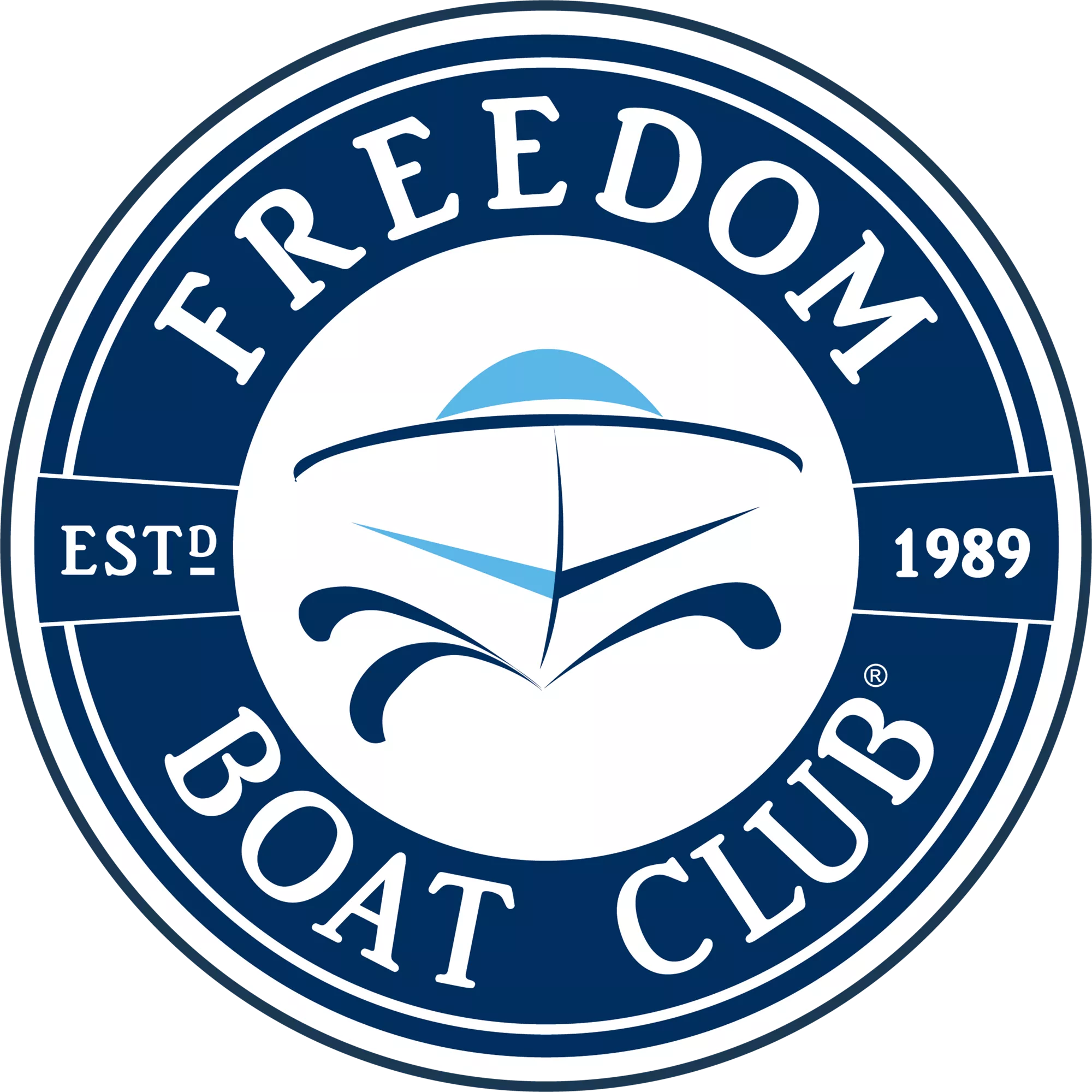
Boating Terms: Essential Parts of a Boat
Are you just starting your boating journey? One of the first steps we recommend is to familiarize yourself with common boating lingo, starting with key areas of the vessel. Being able to identify and understand the function of basic parts of a boat will boost your confidence and enhance your communication with other boaters. There is a set of nautical terms that are relevant for small boats and big boats. Below we’ve compiled a list of essential boating terms every beginner should know.
Key Parts of a Boat
Bilge:
The bilge refers to the lowest inner part, or bottom point, on a boat. It’s designed to collect excess water. Keeping your bilge clear of water is crucial for boat safety. Forgetting to empty the bilge can result in the boat sinking.
Bow:
The bow is the forward or front part of the boat. Think of how someone bows by bending forward – this can help you remember that the bow is referring to the front.
Cleat:
A cleat is a metal fitting where a line or rope can be securely tied. Proper use of a cleat will ensure the boat remains secure when anchoring, docking, or attaching to a mooring. Cleats can be found along the side of a boat or on the dock.
Freeboard:
The freeboard is the vertical distance from the waterline to the deck of the boat. A higher freeboard can provide better protection from waves.
Gunwale:
Pronounced "gunnel," the gunwale is the upper edge of the boat’s side. It's where the hull meets the deck, providing structural strength.
Helm:
The helm is the steering apparatus of the boat, which includes the wheel or tiller. The person at the helm controls the boat's direction.
Hull:
The hull is the main body of the boat, running from the bow to the stern, and up to the rub rail. It's what keeps the boat afloat.
Keel:
The keel is a beam that runs along the bottom of the boat from the bow to the stern. It helps stabilize the vessel and prevents side-to-side rocking.
Port:
Port or "port side" refers to the left side of the boat when facing forward. A tip to help you remember is that both "port" and "left" have four letters.
Starboard:
The starboard side is the right side of the boat when facing forward. Understanding the difference between port and starboard is essential for navigation. Also note, if something is referred to as "abeam," it is off to the side of a vessel at a right angle.
Stern:
The stern is the rear or back part of the boat. It's the opposite of the bow and often houses the boat's engines. If something is referred to as "astern," it means it is in the rear of the vessel. And if someone is making their way "aft," it means they are moving towards the stern.
Transom:
The transom is the flat surface forming the rear of the boat, typically where outboard motors are mounted. It plays an important role in the boat's overall structure.
Companionway:
The companionway is a set of steps leading from a ship's deck down to a cabin or lower deck. It's often designed as a raised and windowed hatchway in the ship's deck, with a ladder leading below and the hooded entrance-hatch to the main cabins.
Nautical Mile:
Although technically not a part of the boat, we believe nautical mile is an important unit of measurement to know. It’s used to measure distances at sea and is slightly larger than a mile on land, equivalent to approximately 2,025 yards or 1,852 meters.
Ready to Hit the Water?
Mastering these basic boating terms will help you feel more confident the next time you step on board. Whether you’re heading out on a sailboat, fishing boat or other type of powerboat, knowing the parts of a boat will make your experience smoother and more enjoyable. And if you want to learn more about the basics of boating, read our recent blog about mastering various boat maneuvers.
For those considering joining a boat club, it's important to know that all Freedom Boat Club members have access to free and unlimited training by our certified captains. During this training, we make sure that you are well versed in the boating lingo outlined above. We recommend that non-members seek additional instruction such as the 3-hour on-water course offered by BoatClass.
